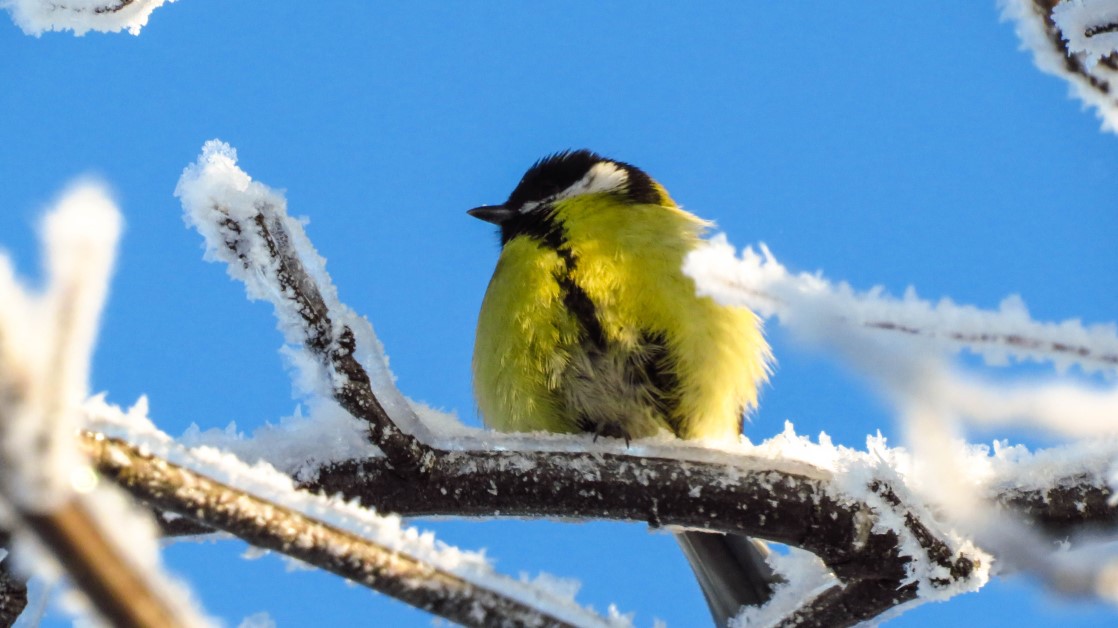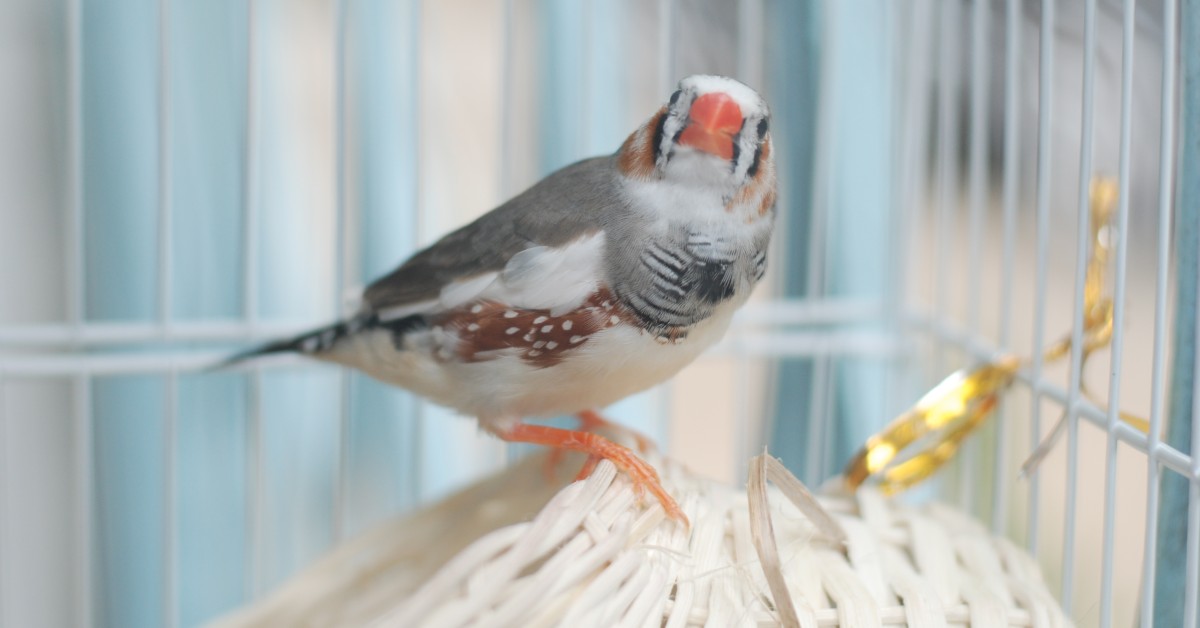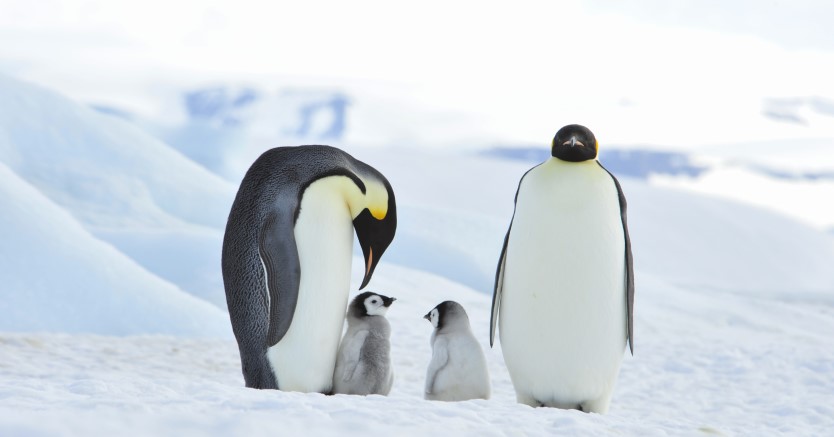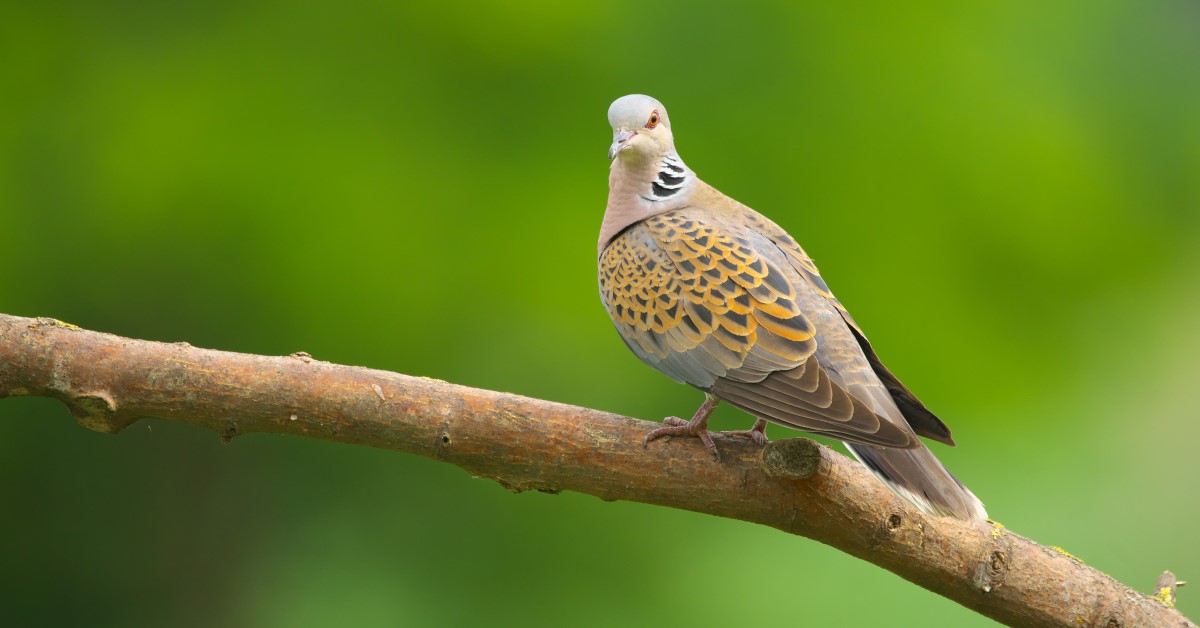Tips for Winter Bird Watching
Learn how to make your backyard a winter haven for birds.

Winter is prime time for viewing the bird species that make their home in your area all year round.
In mid latitude locations, deciduous trees will have shed their leaves. Bare branches make it a lot easier to follow birds throughout the day. Winter cold causes birds to conserve energy, so they are less likely to fly away in alarm from birdwatchers. Bird species that shelter in place over the winter also tend to be larger birds, making them easier to spot. And because food and ice-free water are scarce in winter, it is easier to lure birds to a human-built haven for you to observe.
Read on for advice and expert tips on winter birding, including the best ways to coax your feathered friends to visit you this winter.
1. Provide birds with food and warm water
You are more likely to see birds over the winter if you provide them with appropriate food and a warm water feature. Different bird species, of course, require different foods, but the only hard and fast rule is to be sure to continue providing food and water once you have lured birds to a winter location.
2. Start putting out food for winter birds in the fall
Some birds that spend the winter in place, like Mockingbirds, start scouting out locations in the fall, looking for spots with enough food to carry them through the winter. Birds are more likely to choose your backyard for overwintering if you start feeding them early.
3. Fill bird feeders once in the morning and again in the late afternoon
Small birds wake up hungry, needing to replenish the calories they burned to stay warm during cold winter nights. Until they find food, they are especially vulnerable to predators. If they feed in the morning, they won't need to feed again until the late afternoon, when the risk of predators is nearly over.
4. Set up an indoor bird watching station
Extreme cold can cause damage to binoculars and cameras. It's also a time when birds spending the winter in your backyard need additional food and water. Set up a feeding station or a heated water feature that you can view from inside the warmth and comfort of your home, while providing them with the resources they need to survive.
5. Consult a master birding list
All bird watchers need to know which species they can expect in their area at different times of the year. The free eBird app gives you a complete and up to date list of birds to watch in your area.
6. Watch for winter bird species like the magnificent Snowy Owl
Many of the smaller birds we love to watch in the summer fly toward the equator to escape cold weather at summer's end. Some birds, however, are "irruptive.” This means they leave their usual year-round range to find food when their native supply fails.
Snowy Owls, for example, are one of the few birds that can get even non-birders to come out for a look. These magnificent birds can have a wingspan of up to 5 feet 5 inches (166 cm). It is impossible to ignore a Snowy Owl that fearlessly plops down in front of you. These owls typically range across the tundra of the world's Arctic north. But when Snowy Owls can't find the rodents on which they feed, they fly south. In January 2018 this writer encountered a Snowy Owl in Austin, Texas.
Some birds migrate on a two-year cycle, in harmony with nut trees that produce an abundant crop every other year. Birds that feed on nuts and tree seeds, such as Pine Siskins and Red-Breasted Nuthatches may be winter visitors in alternating years.
Irruptive migration doesn't always occur in response to food shortages. Black-Capped Chickadees and Common Redpolls are more likely to seek large seed crops than to flee seed production failures.
Winter bird watching brings opportunities to view birds you may have never seen before, if you only know to be on the lookout for them. Bird lovers eager to view raptors, such as hawks, ospreys, and eagles, can also benefit from winter bird watching.
7. Some birds, like the Scarlet Tanager, may not look the same in winter
Many birds molt in preparation for migration. By the time a bird arrives at its winter location, it may have a very different appearance than it had just a few weeks earlier. The red body feathers of a male Scarlet Tanager, for instance, may be green by the time it has made its fall migration. Male Bobolinks also take on female coloration when they overwinter.
8. Birdwatch for waterfowl in the rain
You will see more ducks, geese, swans, and most other waterfowl in a gentle rain, fog, or mist than on a sunny day. Gentle rain stirs up the water life on which they feed. Torrential downpours, on the other hand, saturate their wings so they take shelter—you should too!
9. For a rewarding day of outdoor birding, look for sleeping ducks
Ducks and many other waterfowl are capable of sleeping with one eye open and one hemisphere of the brain asleep. Large groups of ducks sleep together on the surface of shallow ponds and marshes. This gives them a chance to recover from molting and migration in early winter, and a way to conserve energy as food grows scarce in late winter. Avoid disturbing their slumber, and you may be in for a rare sighting.
10. Whatever your favorite bird may be, watch patiently
Tromping through the woods on a cold winter day may seem like the best way to catch a glimpse of a rarely seen bird, but for the most part, it is better to wait for winter birds to come to you! Provide a place for birds where they will be well-fed, warm, watered, and safe from predators, and patiently wait for them to appear for your winter viewing pleasure.
Ready to start saving money on pet wellness care?
Then take a look at Mint Wellness, the pet wellness plan that provides fast reimbursement on routine pet care. Save on vaccinations, wellness exams, preventatives, dental, and more!
Learn More


